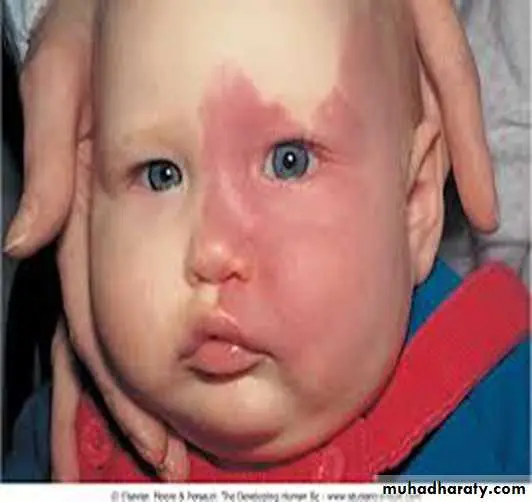Can Neurocutaneous Syndrome be Cured?
No
These syndromes are usually chronic and may not have a cure; treatment focuses on managing symptoms, preventing complications, and providing supportive care

What is Neurocutaneous Syndrome?
Neurocutaneous syndromes are a group of disorders affecting the nervous system and skin. Examples include neurofibromatosis and tuberous sclerosis. Treatment is often supportive and aims to manage symptoms and complications. Regular monitoring and a multidisciplinary approach are important for addressing the diverse features of these syndromes.

Clinical Aspects

Characteristics
Group of genetic disorders that affect the nervous system and skin, such as neurofibromatosis

Symptoms
Varies depending on the specific syndrome; may include skin abnormalities, tumors, neurological symptoms

Diagnosis
Clinical evaluation, imaging

Prognosis
Variable, depends on location and number of cysts

Complications
Neurological symptoms, potential for complications
Etiology and Treatment

Causes
Genetic mutations affecting the development of the nervous system and skin

Treatments
Management of symptoms, surveillance for complications, surgery in some cases

Prevention
Management of symptoms, surveillance for complications, surgery in some cases
Public Health and Patient Perspectives

Epidemiology
Common in certain regions, associated with tapeworm infection

Patient Perspectives
Antiparasitic treatment and symptom management
This information aims to provide a general understanding of the subject matter, but individual circumstances can vary significantly. Please remember to consult with healthcare professionals for personalized advice and guidance.
Share: